Winter Fun in ELA
It’s that time of year when there’s a nip in the air and a palpable sense of anticipation for all that winter brings. Not only are your students getting antsy, but so are you. Y’all just can’t wait for all those winter holidays and events. In the meantime (and after you return from celebrating them), here are 10 fabulous ideas for reading and writing during this chilly yet wonderful season in English language arts.

1) Winter Haiku: According to poets.org, “A traditional Japanese haiku is a three-line poem with seventeen syllables, written in a 5/7/5 syllable count. Often focusing on images from nature, haiku emphasizes simplicity, intensity, and directness of expression.” Haiku poetry is PERFECT for the winter season. First, have a brainstorming session with your students, making a list of possible topics together, to get them thinking what they’ll focus on (the haiku should focus intensely on one thing, usually having to do with nature). Then, give them some quick instructions (and perhaps samples) of how to write them: they consist of 3 lines with 5 syllables in the first line, 7 syllables in the second line, and 5 syllables in the third line, using concrete imagery (vivid sensory descriptions that make readers get clear images in their heads). You may even want to have students make artistic posters out of their poems to display, like the one shown here:
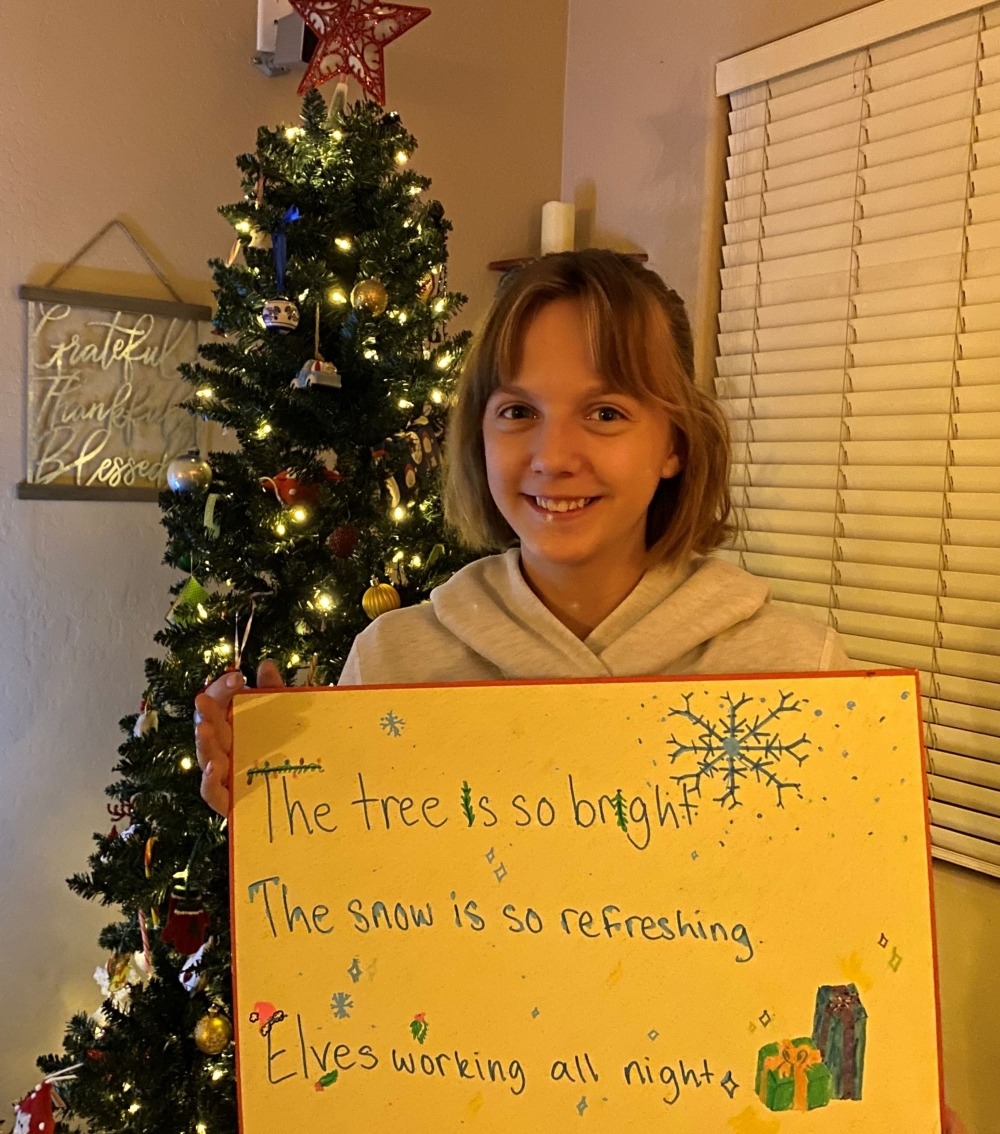
2. Winter Similes and/or Metaphors: Have students write symbolically about the winter. Similes use “like or as.” Metaphors simply say that something is something else that it is not. In upper elementary, it’s easier for kids to write similes. In high school, students should be challenged to write metaphors. First, brainstorm with students everything they can think of that has to do with the winter season. Then, have them write 5 similes and/or metaphors. For example, “The snow glistened pure white on the branches of the pine trees like the powdered sugar we sprinkle on our green Christmas tree cookies.”

3. Read, Write, Research All About Sled Dog Racing: Using my FREE ELA/Social Studies printables (also digital), have students read, write, research, all about sled dog racing: a winter sport most popular in the Arctic regions of the United States, Canada, Russia, Greenland, and some European countries. The sport involves the timed competition of teams of sled dogs that pull a sled with the musher standing on the runners.
A sled dog race was a demonstration sport at the 1932 Winter Olympics in Lake Placid, New York, and again in Oslo, and again in the 1994 Winter Games in Lillehammer. However, it is not currently an official event in the Olympics.
4. Delve Into Winter Poetry & Literature: Winter poetry and storytelling can be just as cozy, warm, and soothing as snuggling up indoors by the fireplace. Of course, it can convey much more. Have students each find a winter poem (or excerpt from literature) to analyze, and perhaps share with the class. Analysis can be as simple as identifying 1) the poet speaker 2) the setting 3) the feeling tone 4) figurative language. Here are some ideas:
- “…It snowed and snowed, the whole world over,
Snow swept the world from end to end.
A candle burned on the table;
A candle burned…” – from Doctor Zhivago by Boris Pasternak
- “When all aloud the wind doth blow,
And coughing drowns the parson’s saw,
And birds sit brooding in the snow,
And Marian’s nose looks red and raw,
When roasted crabs hiss in the bowl.” – from Love’s Labour Lost by William Shakespeare
- “Winter lies too long in country towns; hangs on until it is stale and shabby, old and sullen.” – from My Antonia by Willa Cather
- “Whose woods these are I think I know.
His house is in the village though;
He will not see me stopping here
To watch his woods fill up with snow.” – from “Stopping by Woods on a Snowy Evening” by Robert Frost
- “In the bleak midwinter
Frosty wind made moan,
Earth stood hard as iron,
Water like a stone;
Snow had fallen, snow on snow,
Snow on snow,
In the bleak midwinter,
Long ago.” – from “A Christmas Carol” by Christina Rosetti
- “In winter I get up at night
And dress by yellow candlelight.” – from “Bed in Summer” by Robert Louis Stevenson
- “There’s a certain Slant of light,
Winter Afternoons,
That oppresses, like the Heft
Of Cathedral Tunes.” – from “No. 258” by Emily Dickinson
- “Announced by all the trumpets of the sky,
Arrives the snow.” – from “The Snowstorm” by Ralph Waldo Emerson
5. Read About the Winter Games: Have students read an interesting FREE 1-page informational text passage (with writing extensions) that explains when the Winter Games debuted, when they are held and why, how host cities are chosen, which sports compete, and the ideals of this international sporting event.
Just in time for the February 2022 games.
6. Describe Your Favorite Winter Memory of All Time: Have your students think back to a special wintertime memory that will probably stay in their heart forever. You can have students write a simple description full of concrete details, or if you really want to force the concrete imagery out of them, have them write a 5-senses poem: “I saw…I heard…I smelled…I tasted…I touched…I felt…”
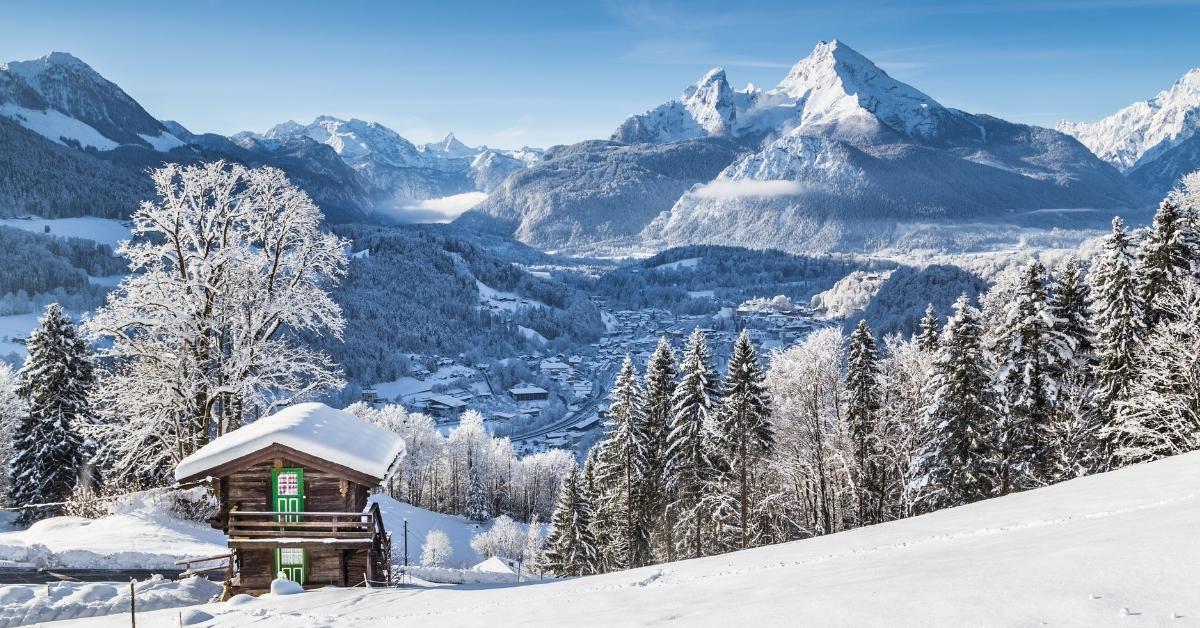
7. Funny Holiday Rhymes (In Poetry and Song): Check out my other blog post “3 Funny Christmas Holiday Rhymes in ELA” to have students read, listen to, and/or watch three humorous rhymes and do associated ELA tasks. One of those FREE tasks is my FREE 1-page printable “Summary & Song Lyrics of the Grinch Christmas Story.”
8. Consonance and Assonance Fun: One way to spice up a creative story, dialogue, humor, or a speech is to add consonance (the repetition of a consonant sound in successive words) and/or assonance (the repetition of a vowel sound in successive words.) For example:
- Sassy snowmen scared Santa on his sleigh.
- Rudolph the Red Nosed Reindeer really reads a lot.
- Snow scatters scantly over the fields.
9. Write Your Version of ‘Twas the Night Before Christmas: Have students read the classic story ‘Twas the Night Before Christmas and then have them write their own shorter version, borrowing from some of the lines in the story. Students can change “Christmas” to something else if desired.
10. Why There are Seasons (FREE DOWNLOAD): Usually when people notice the days are getting so short, they start thinking about why there are seasons anyway. That’s why I made this literacy in science informational text and ELA activities so that students can read and write all about it. Check it out! It’s free!
Do you or someone you know teach math? Are you looking for math that’s relevant to real life? If so, check these out:
Click below for FREE ELA PRACTICE TESTS – each targeting specific reading, writing, language, and speaking/listening/viewing standards.
Check out these GRADE-SPECIFIC test prep books with practice tests that target EVERY GRADE-SPECIFIC READING INFORMATIONAL TEXT STANDARD, one by one. An added bonus is that students LOVE the texts! In Easy-Print or Self-Grading Online Versions.
The 6th Grade Practice Tests Test Prep Workbook “is a high quality, beautifully-aligned resource. It is no-frills, to the point, yet high-interest for students. It is helping us prepare for standardized testing in a hybrid, synchronous, difficult year.”
How about save this pin to your “Seasonal Resources” Board so that you can come back to this post again?
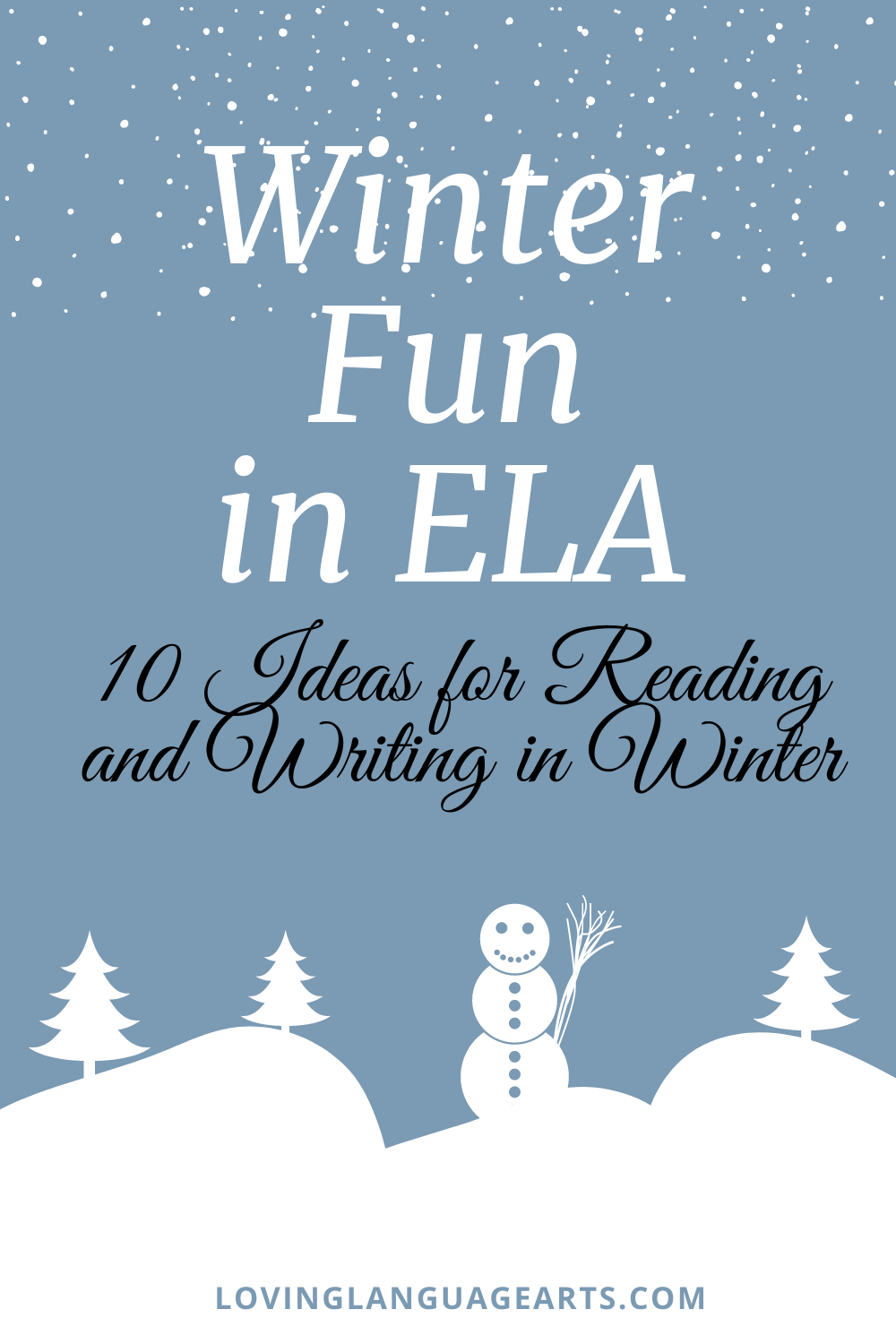
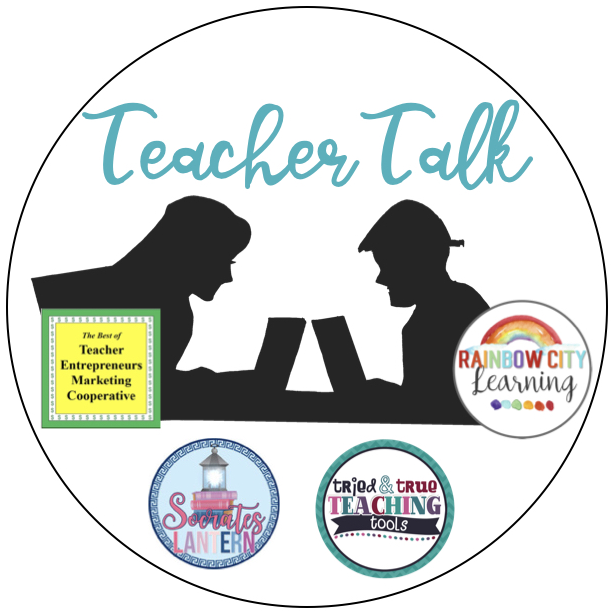

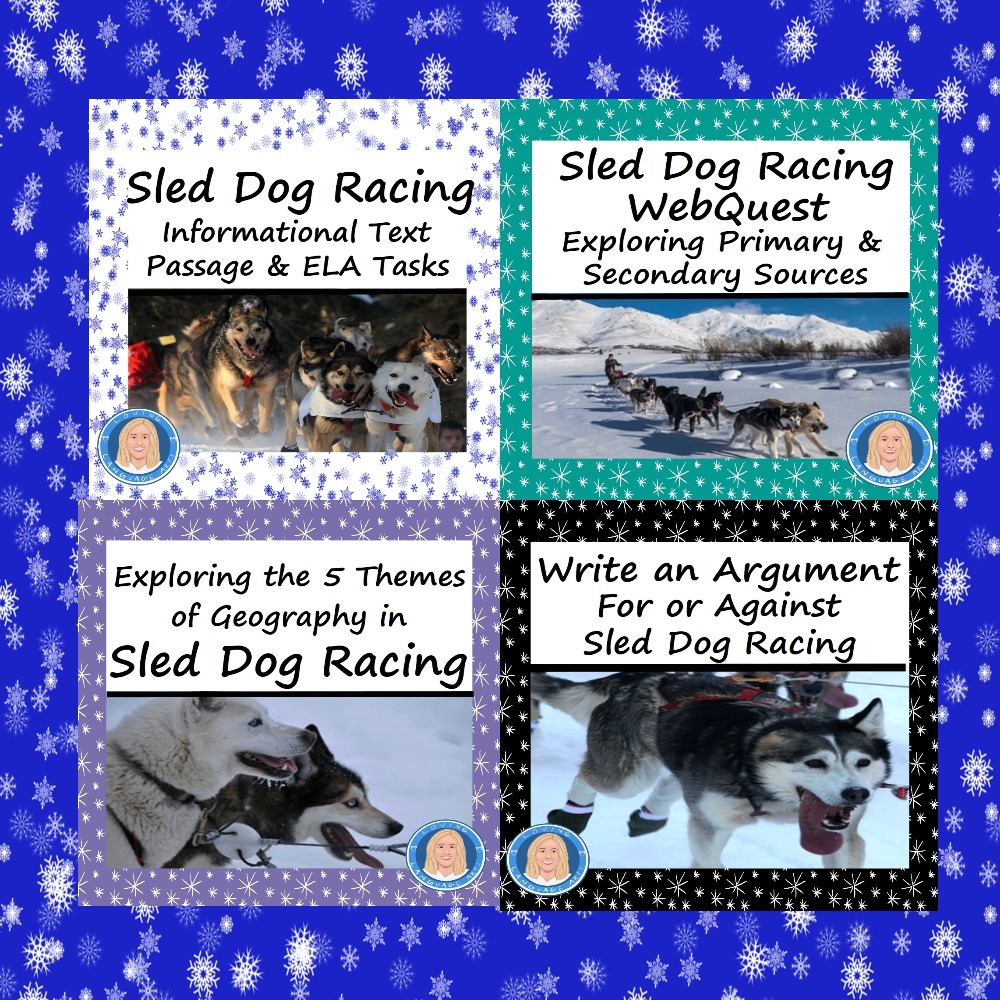

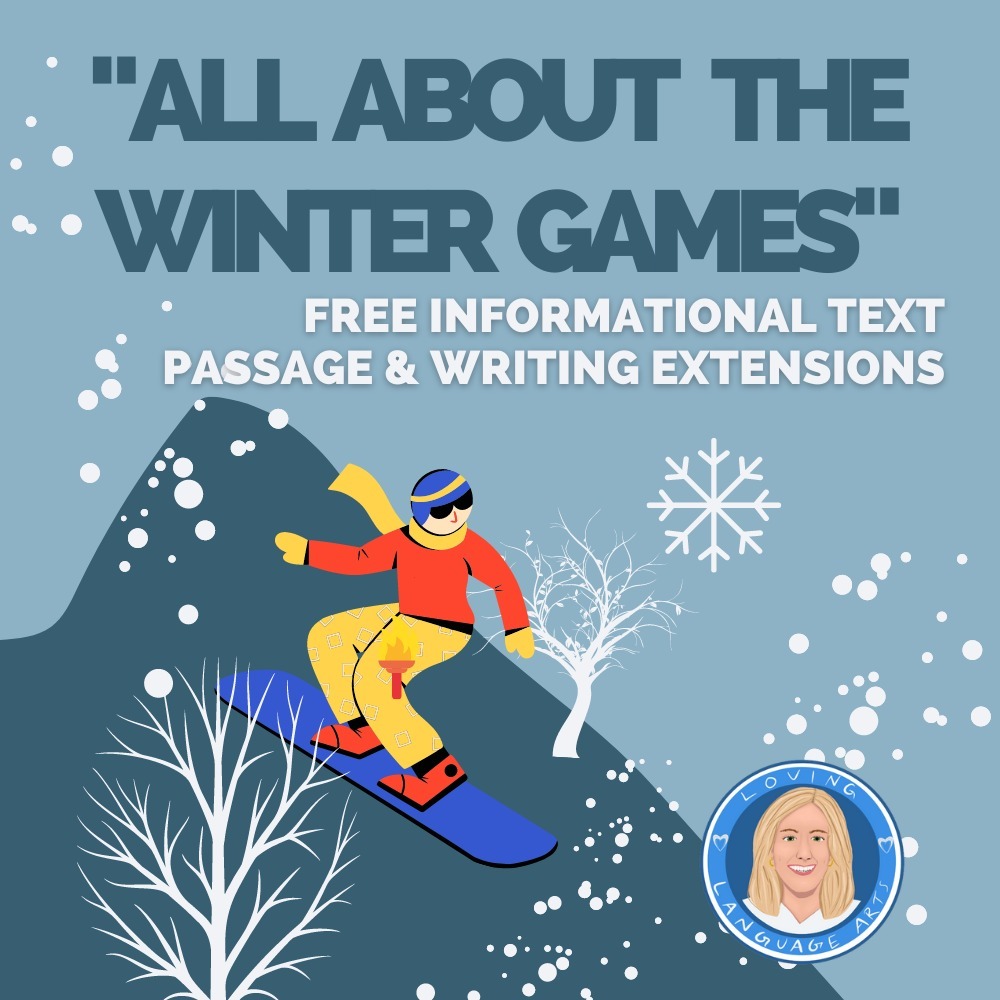















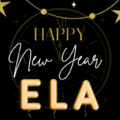
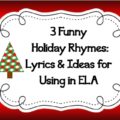
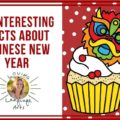






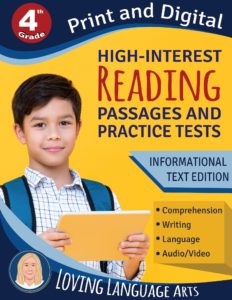
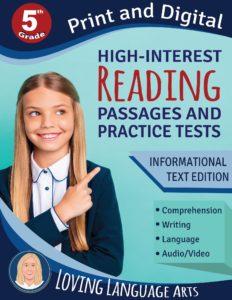
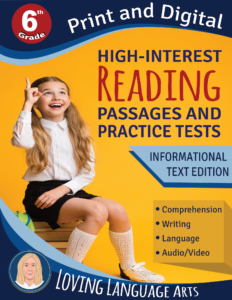
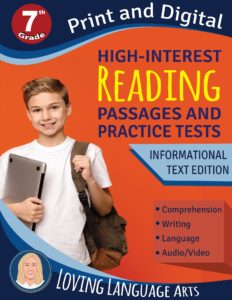

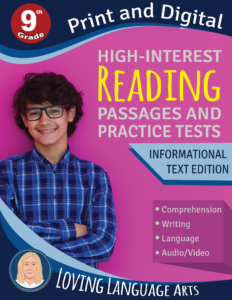
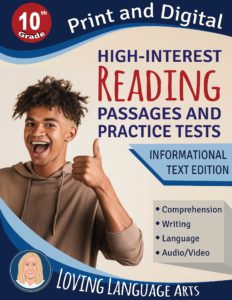
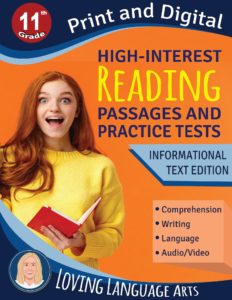
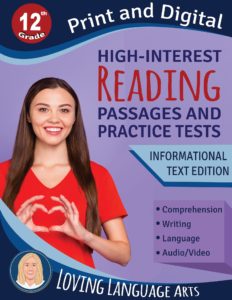
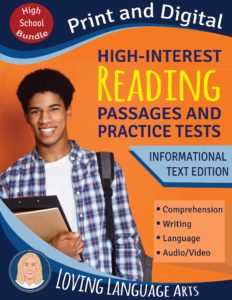
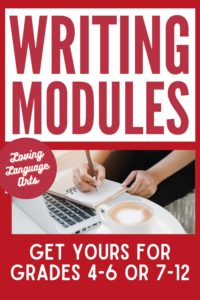
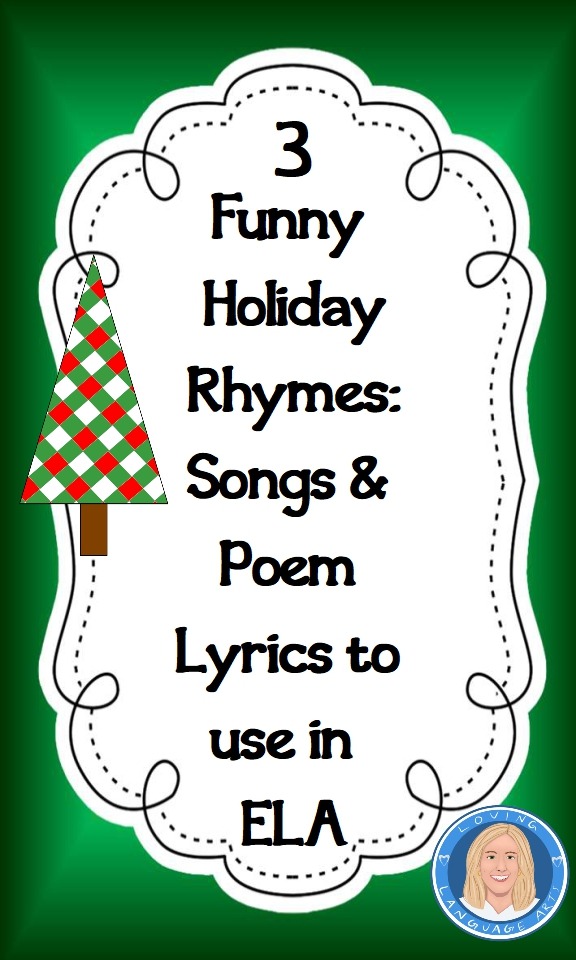


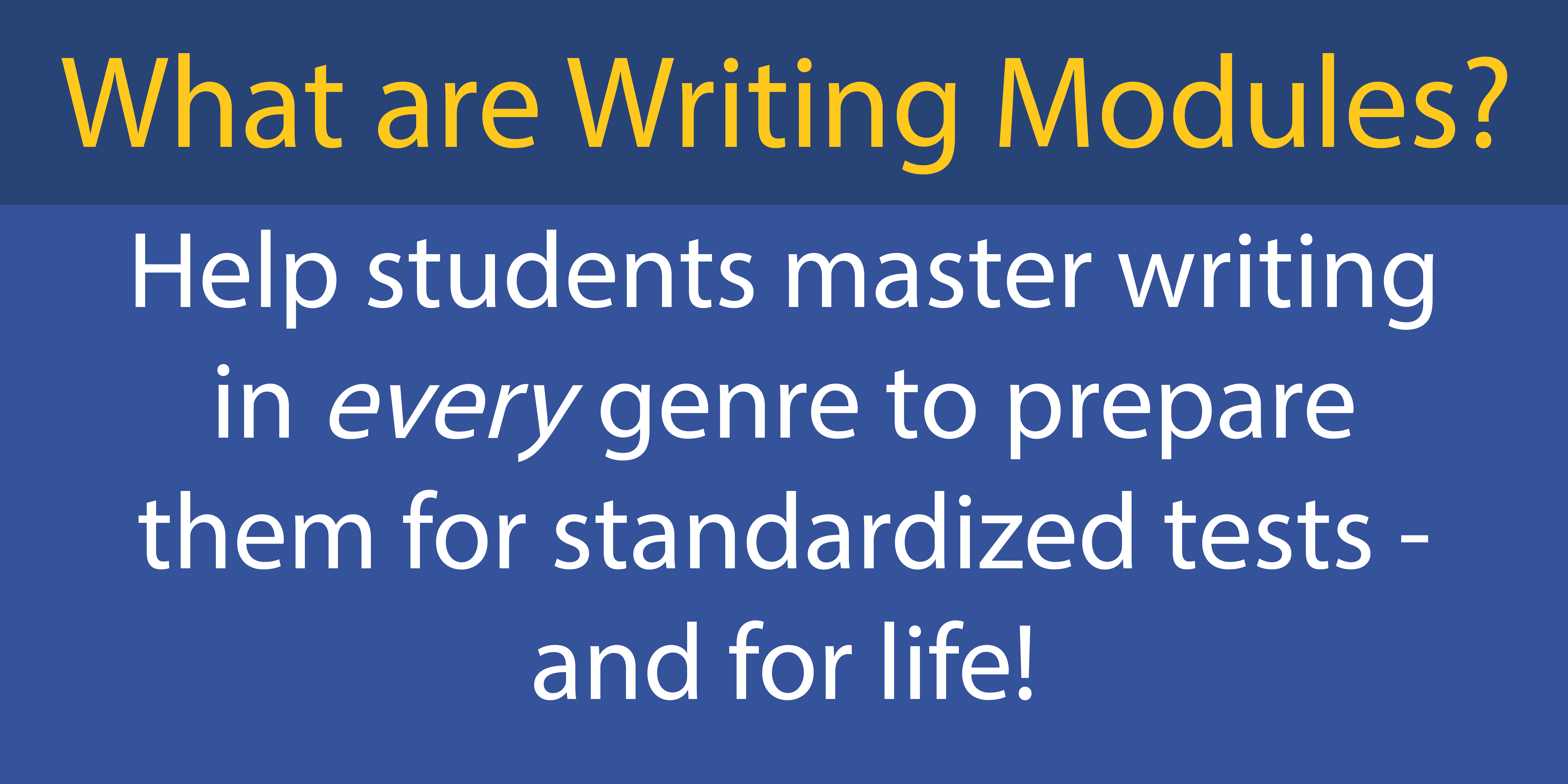
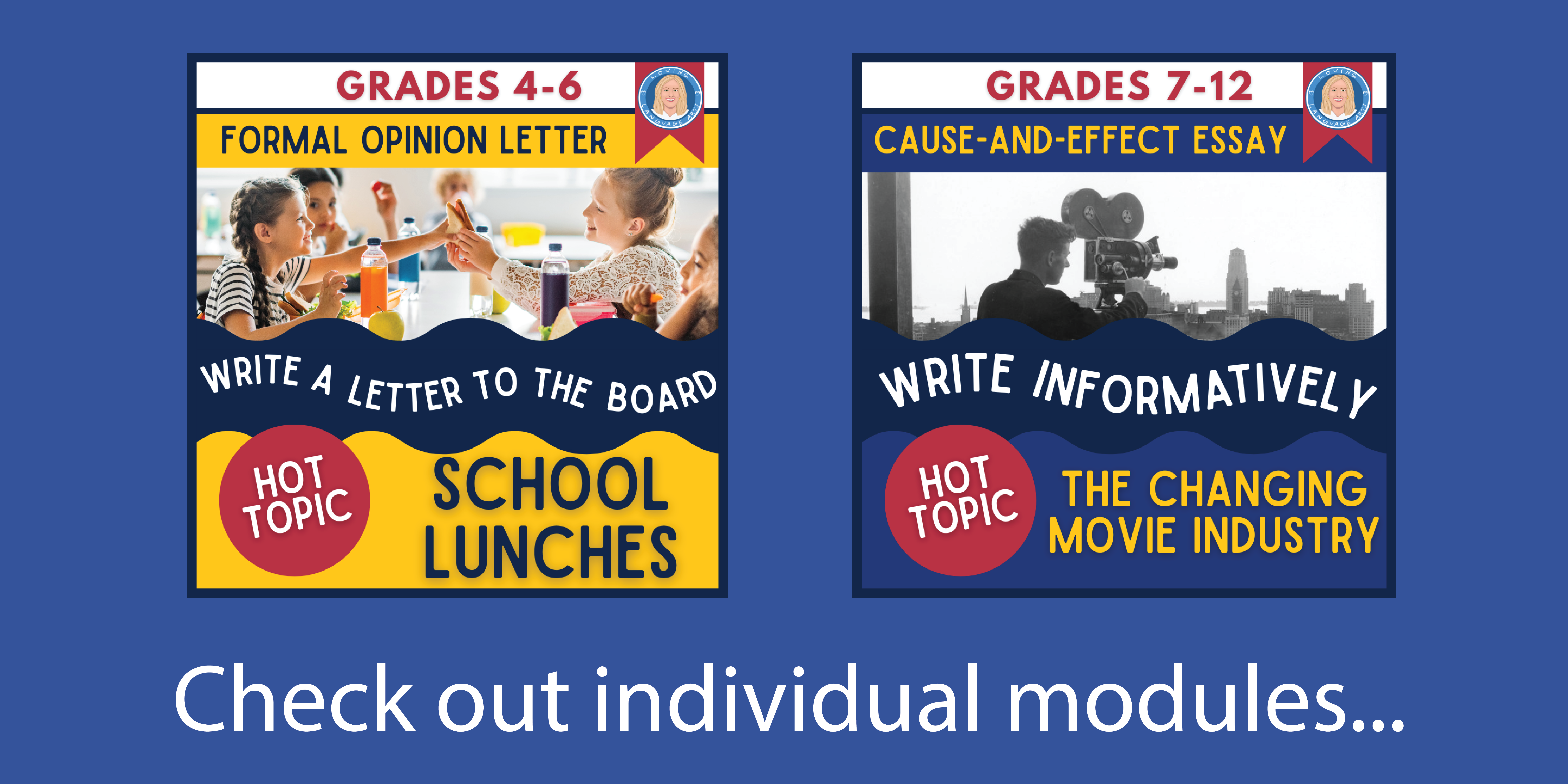
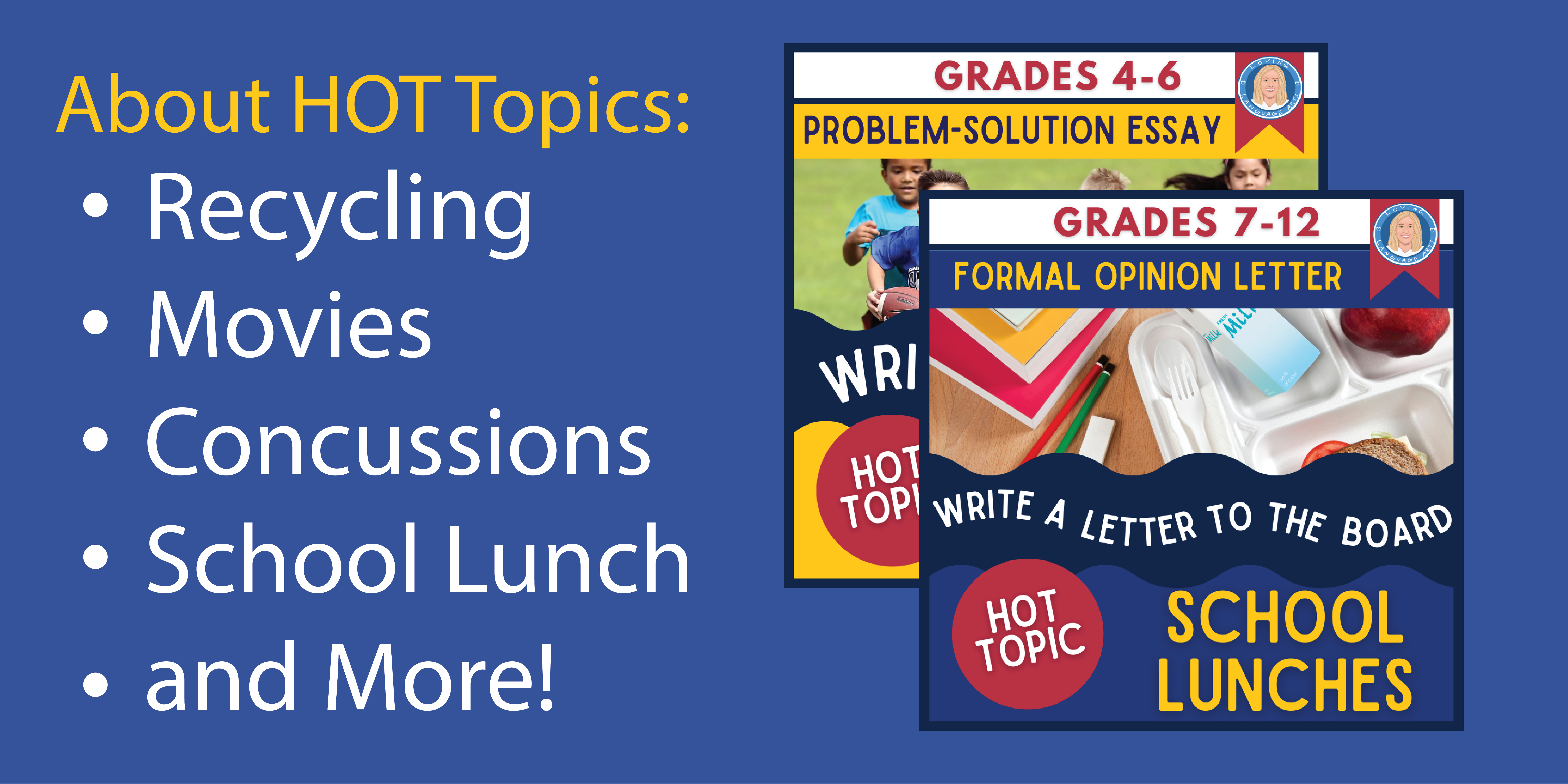
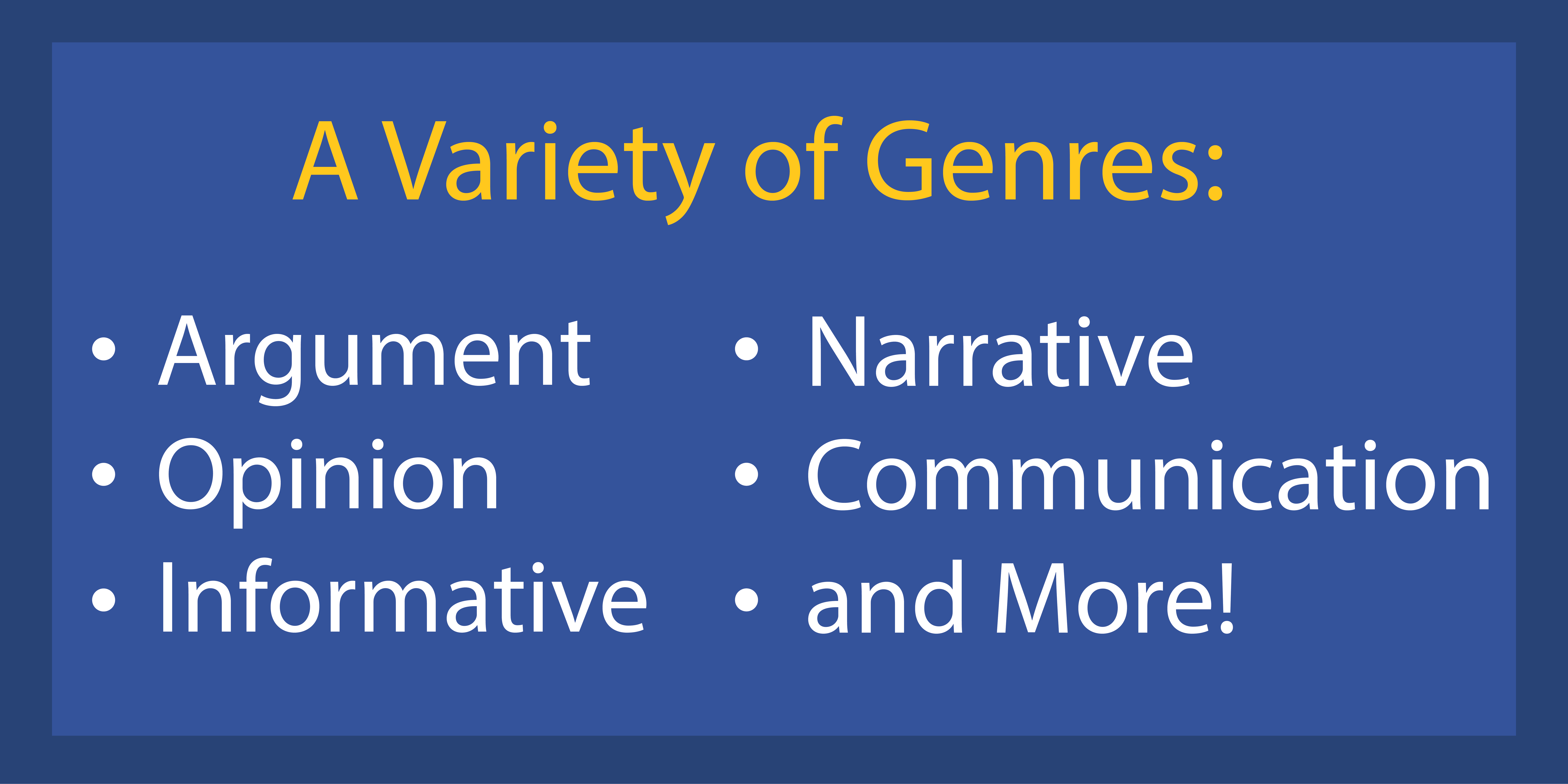
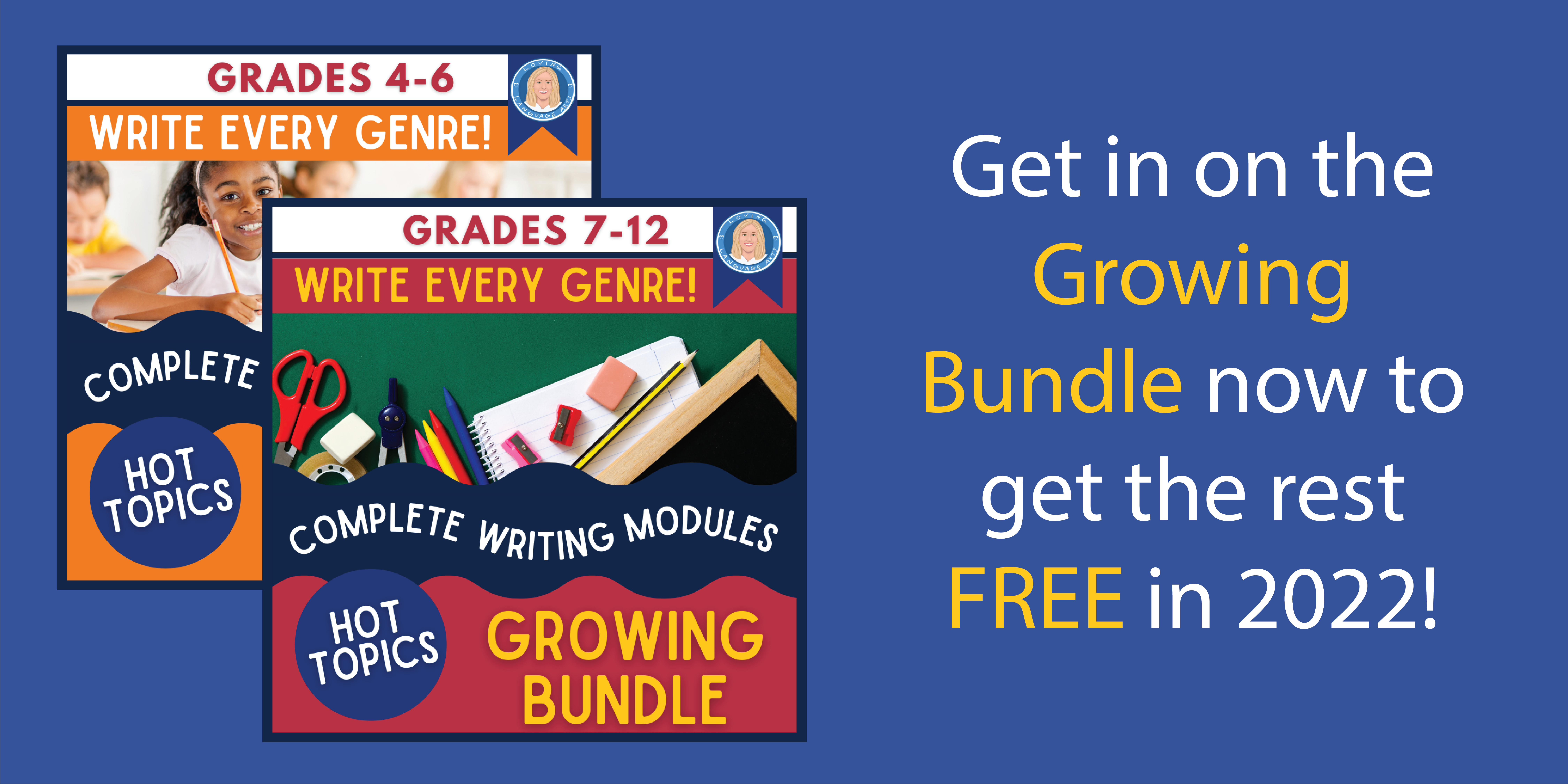
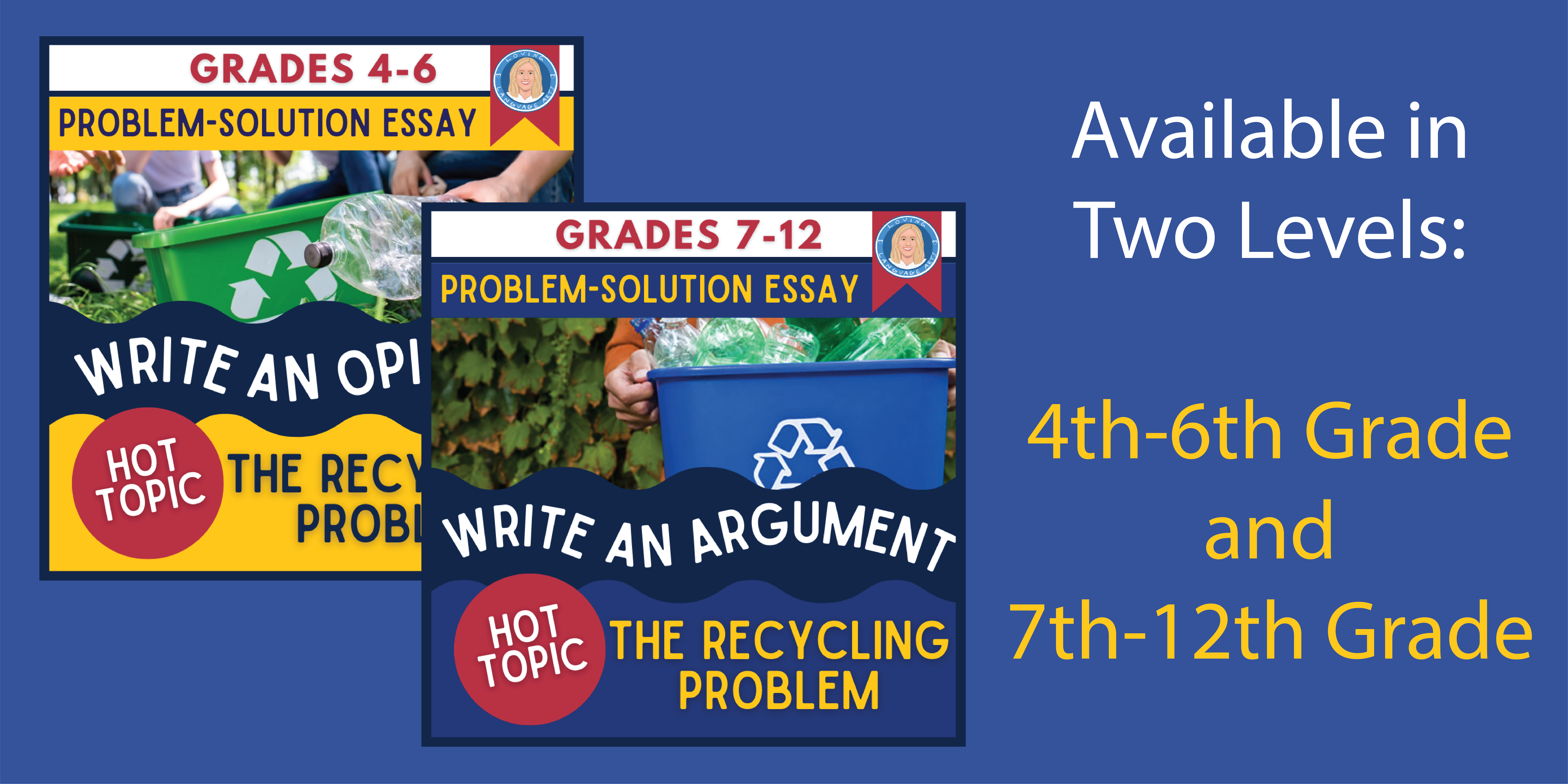

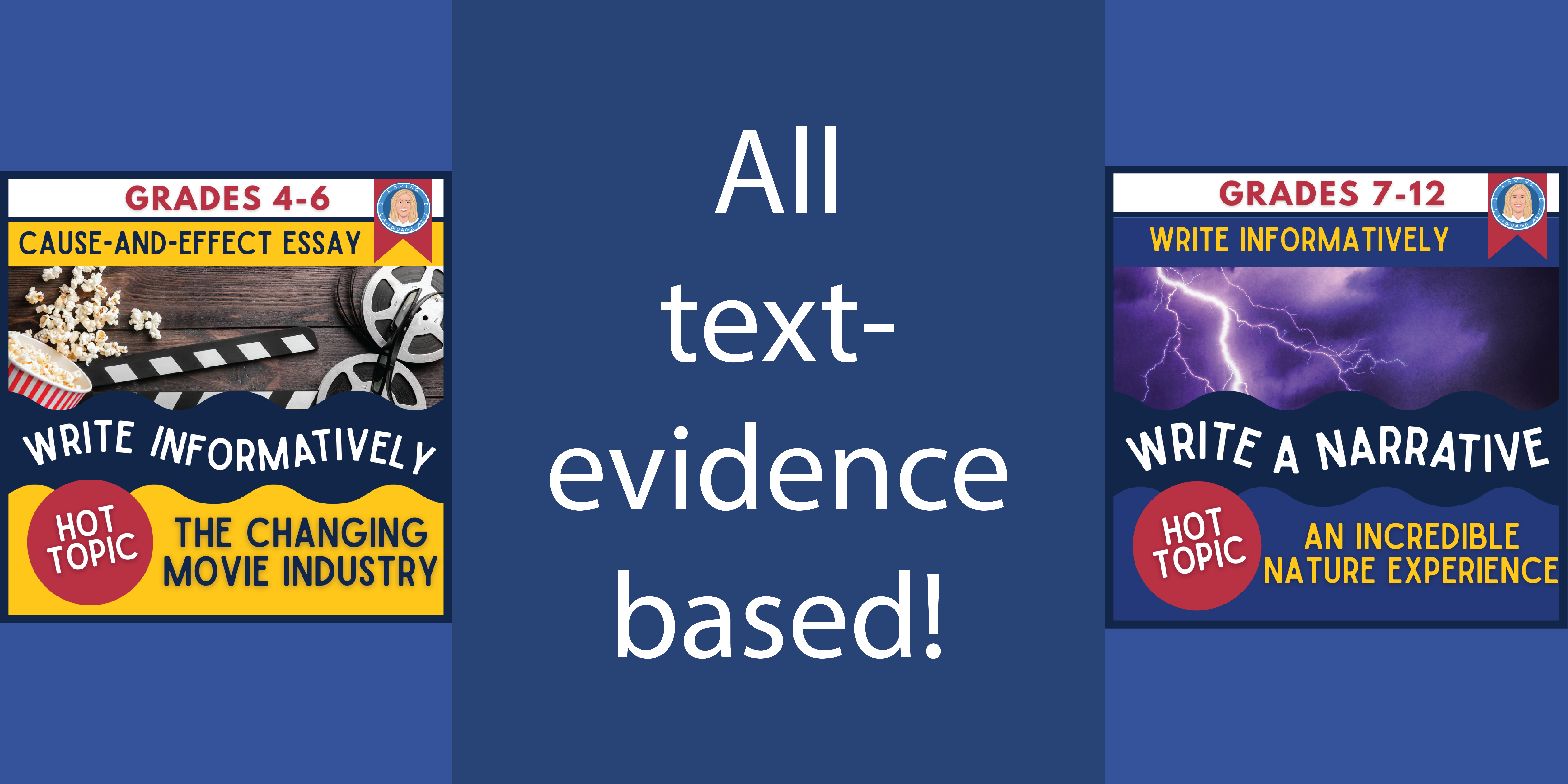
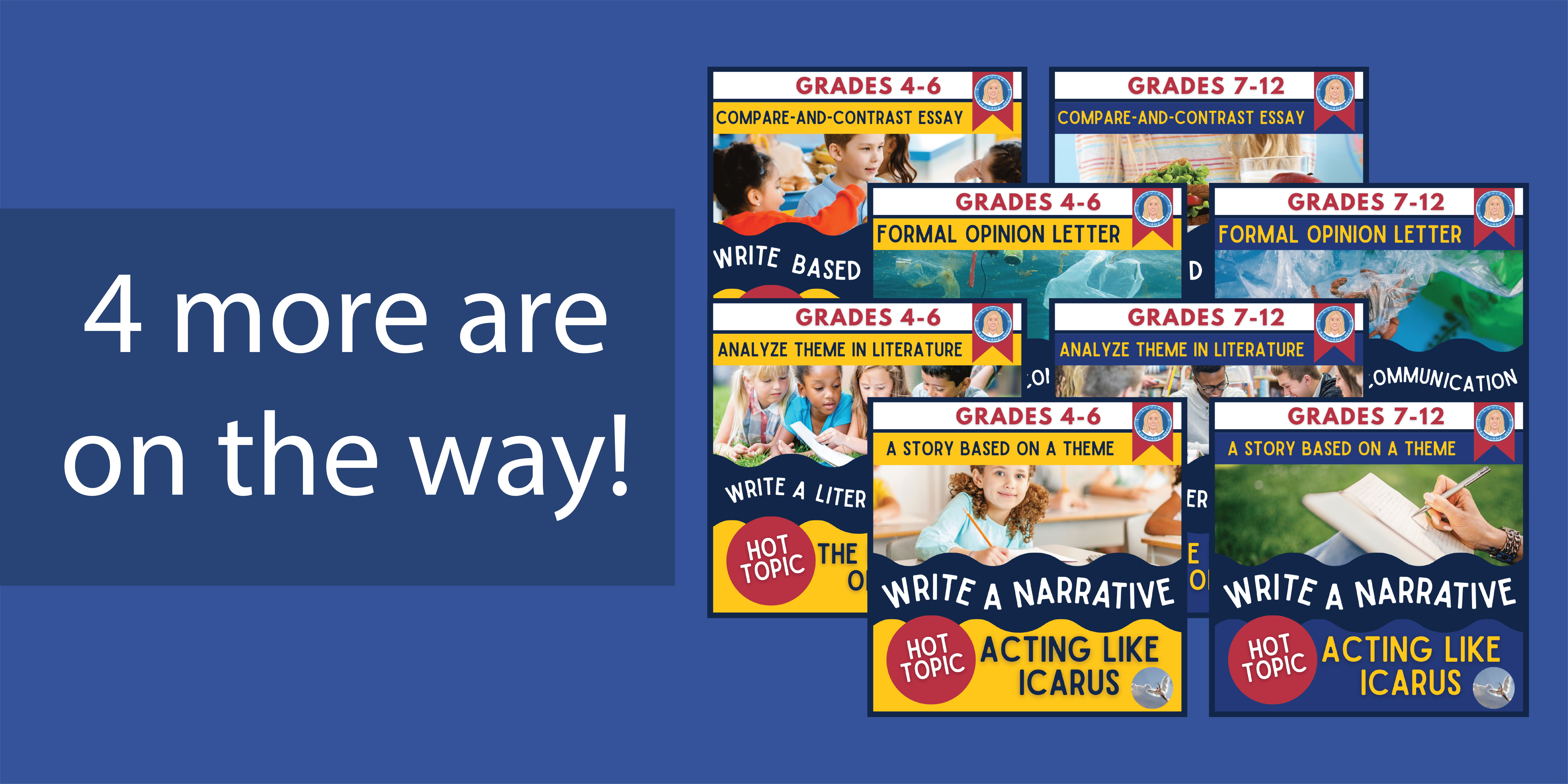
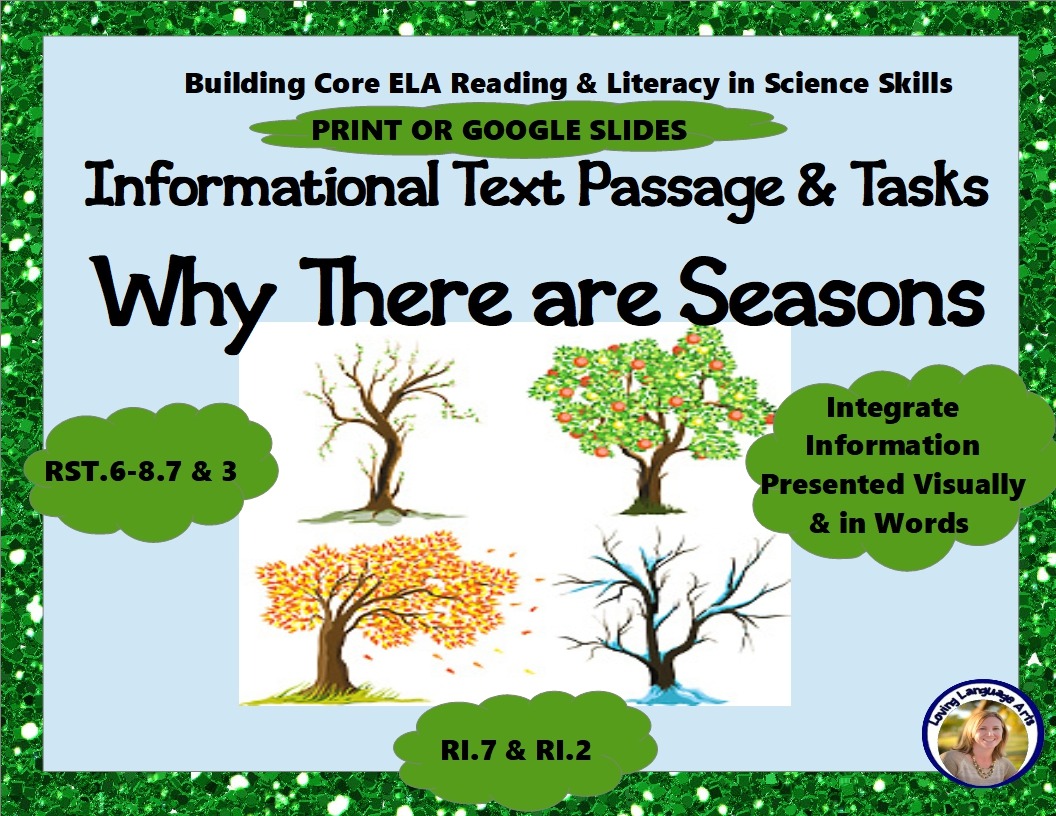
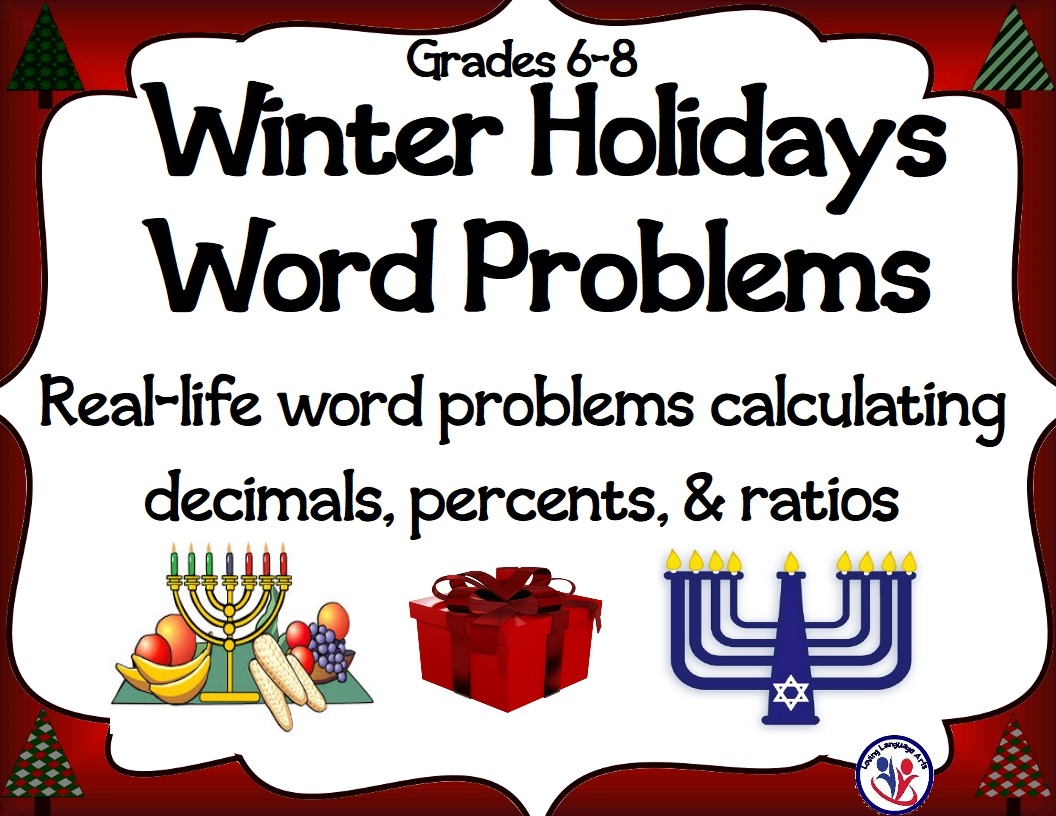

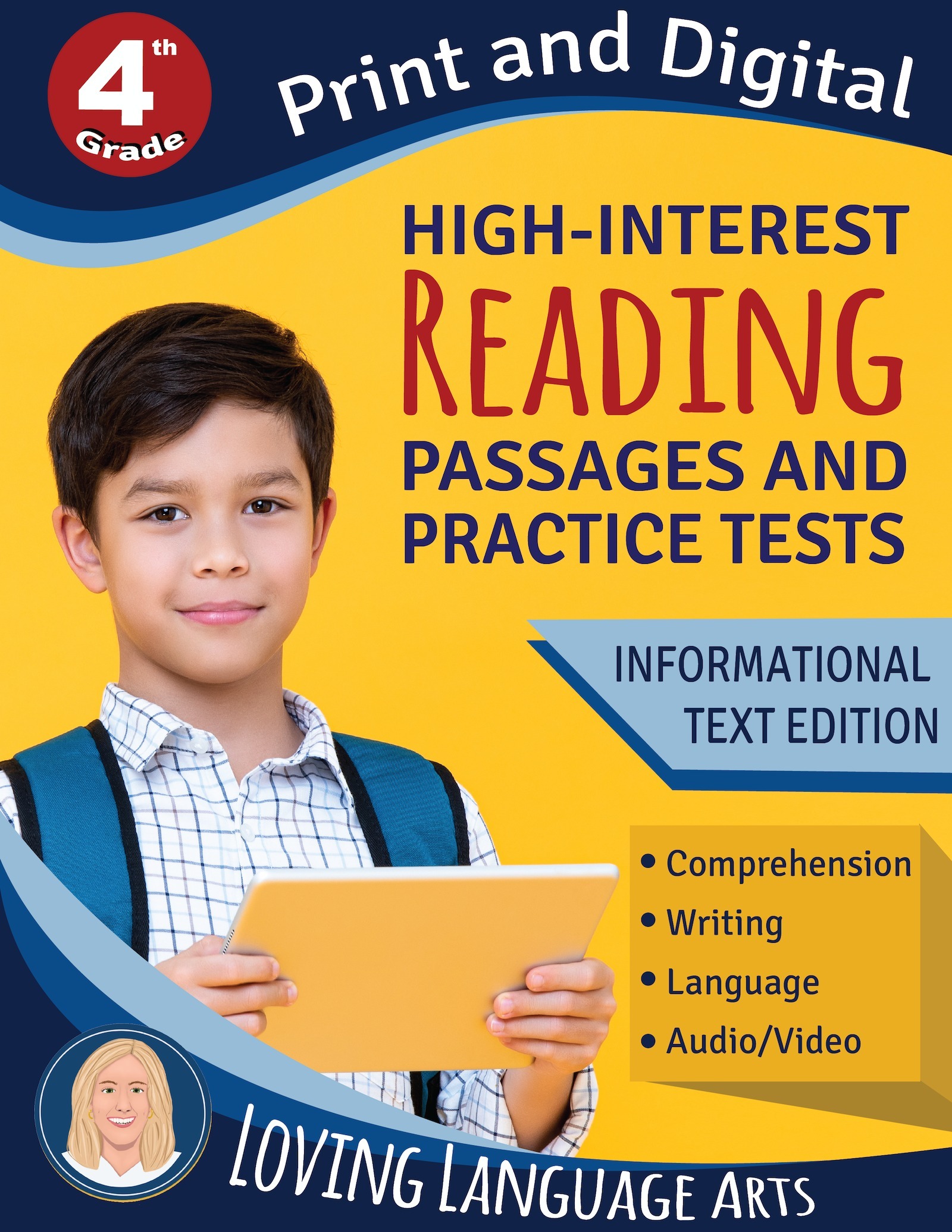
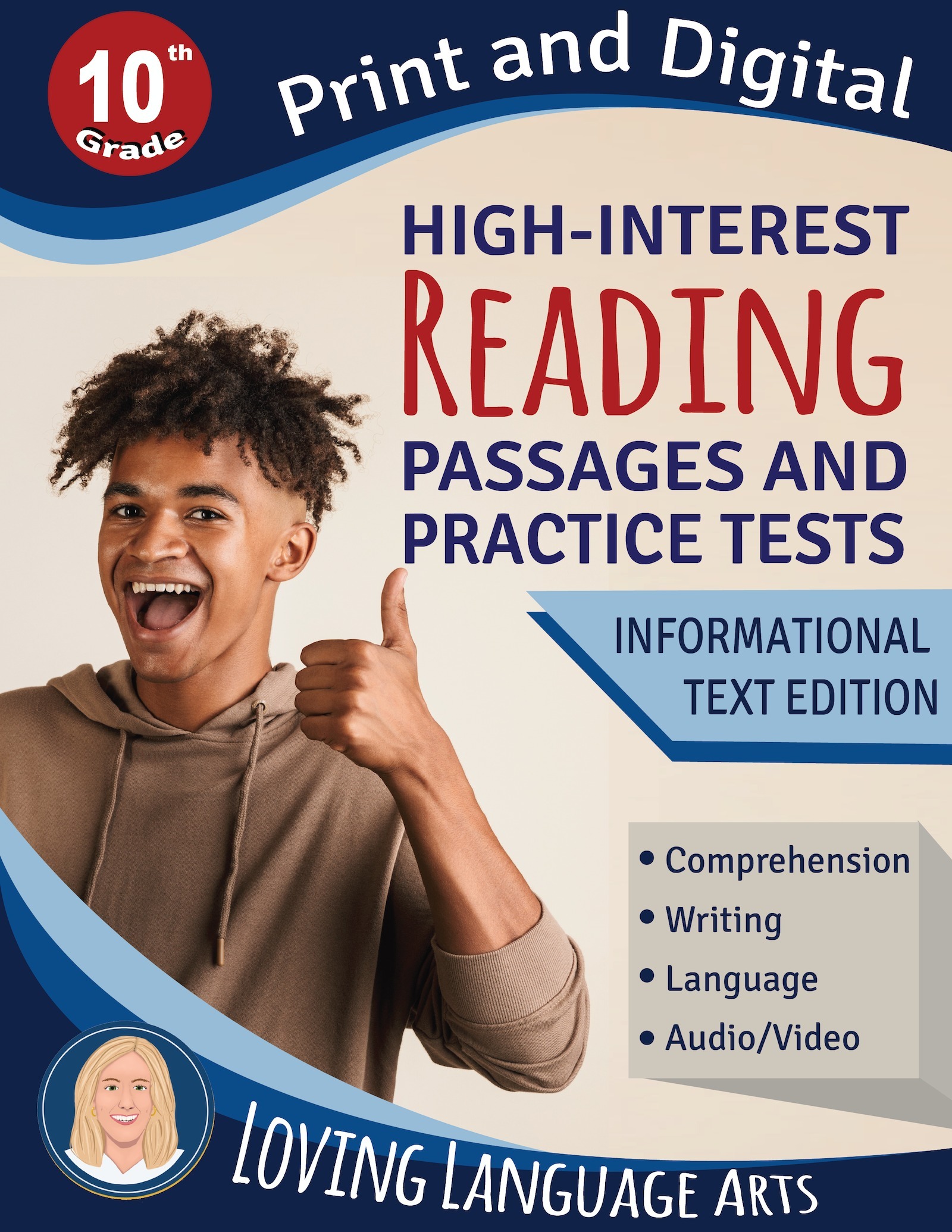
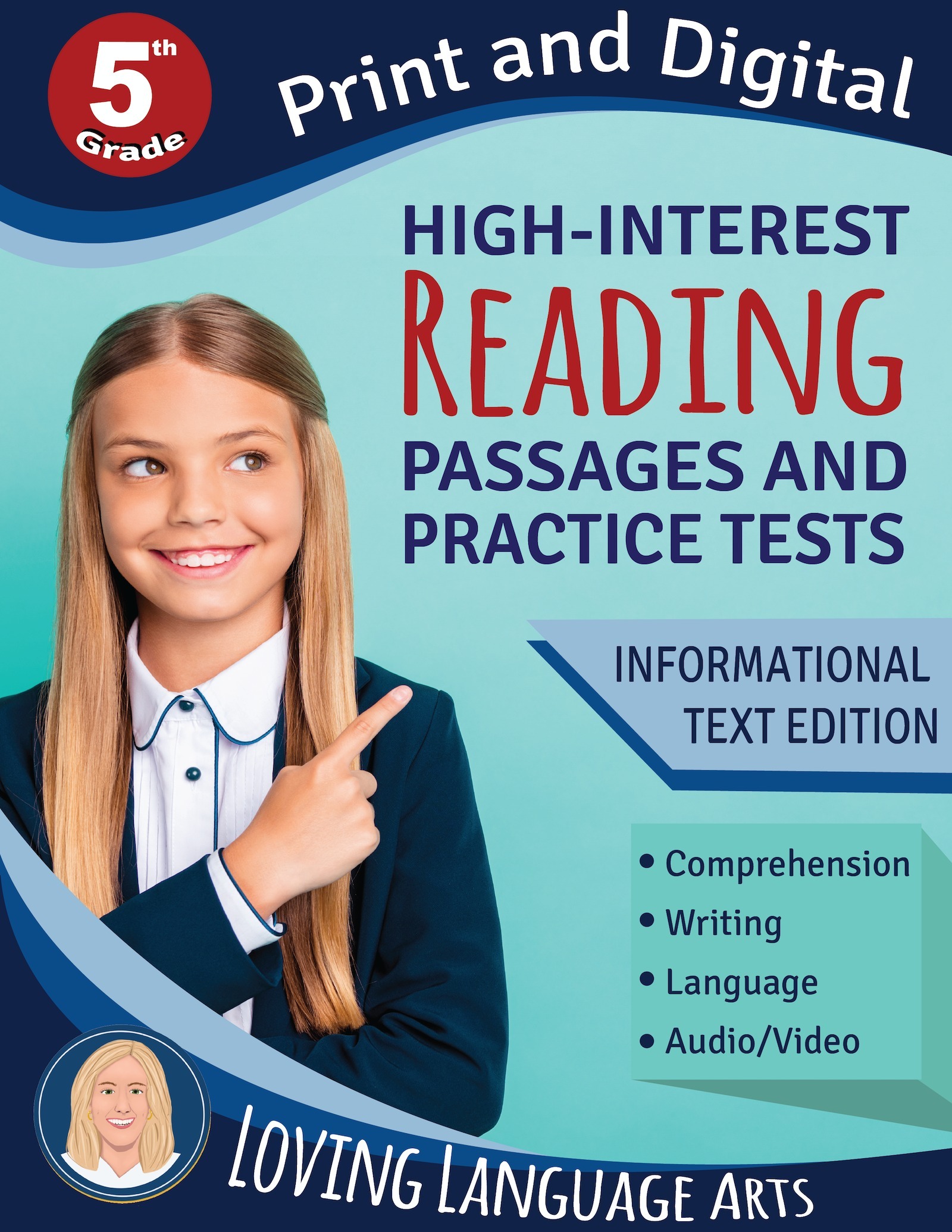
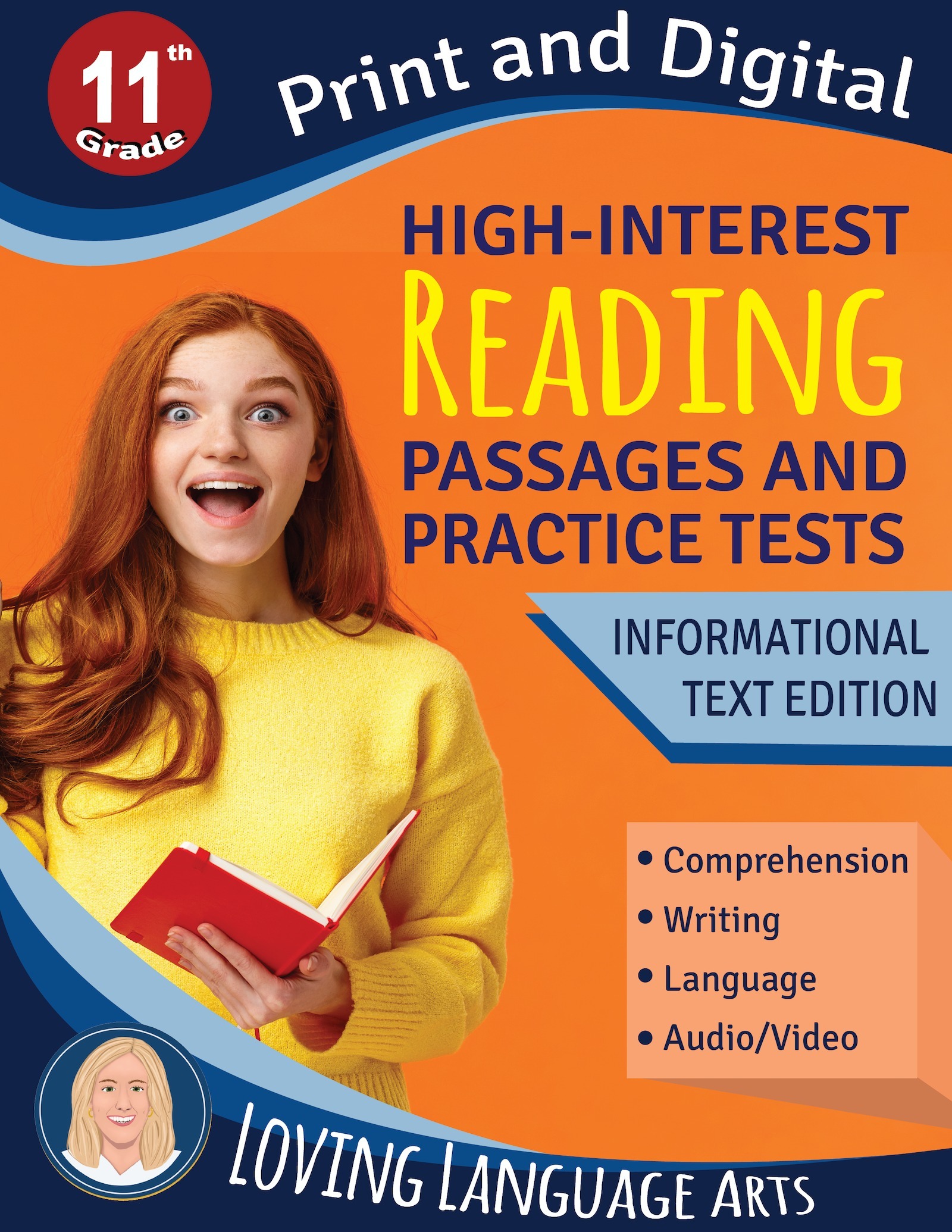

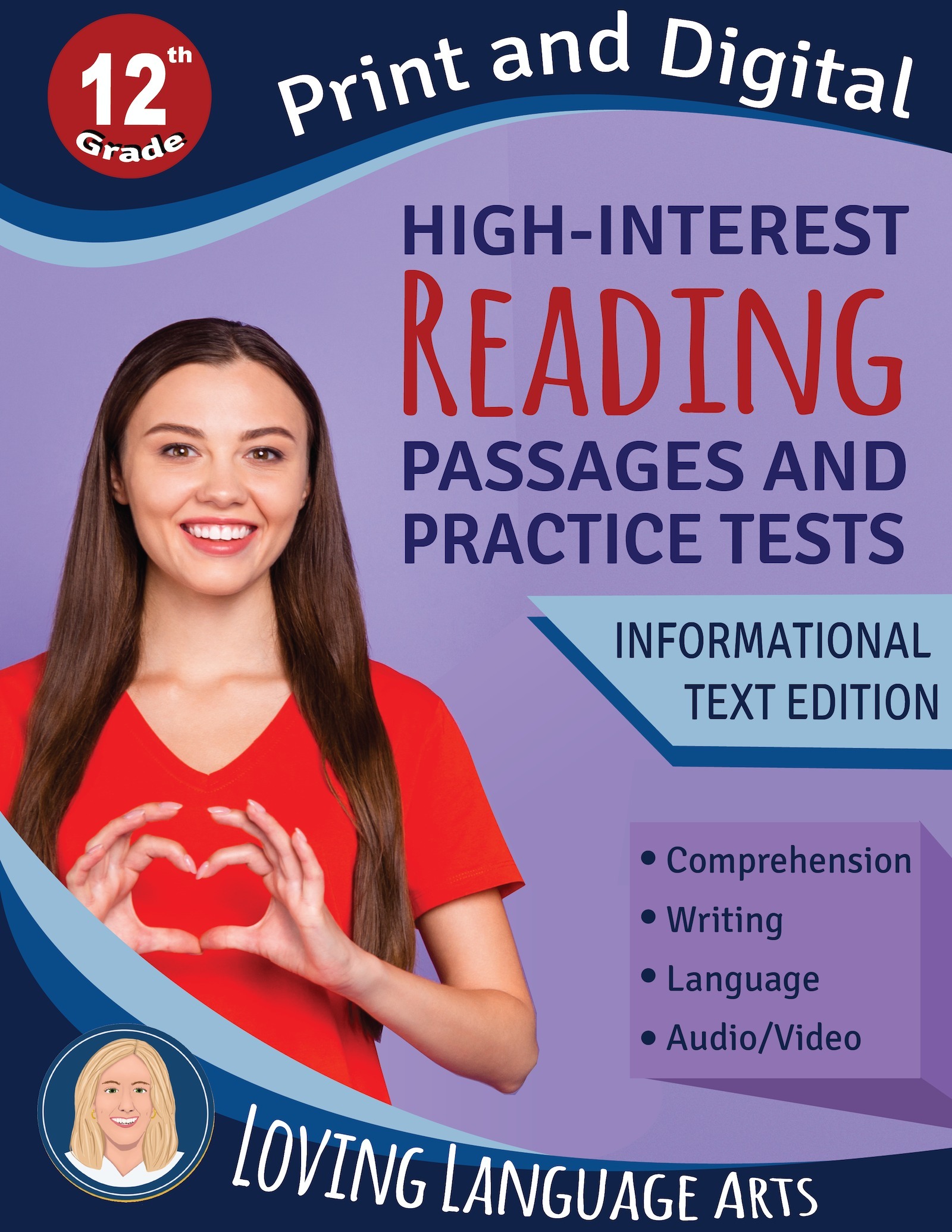
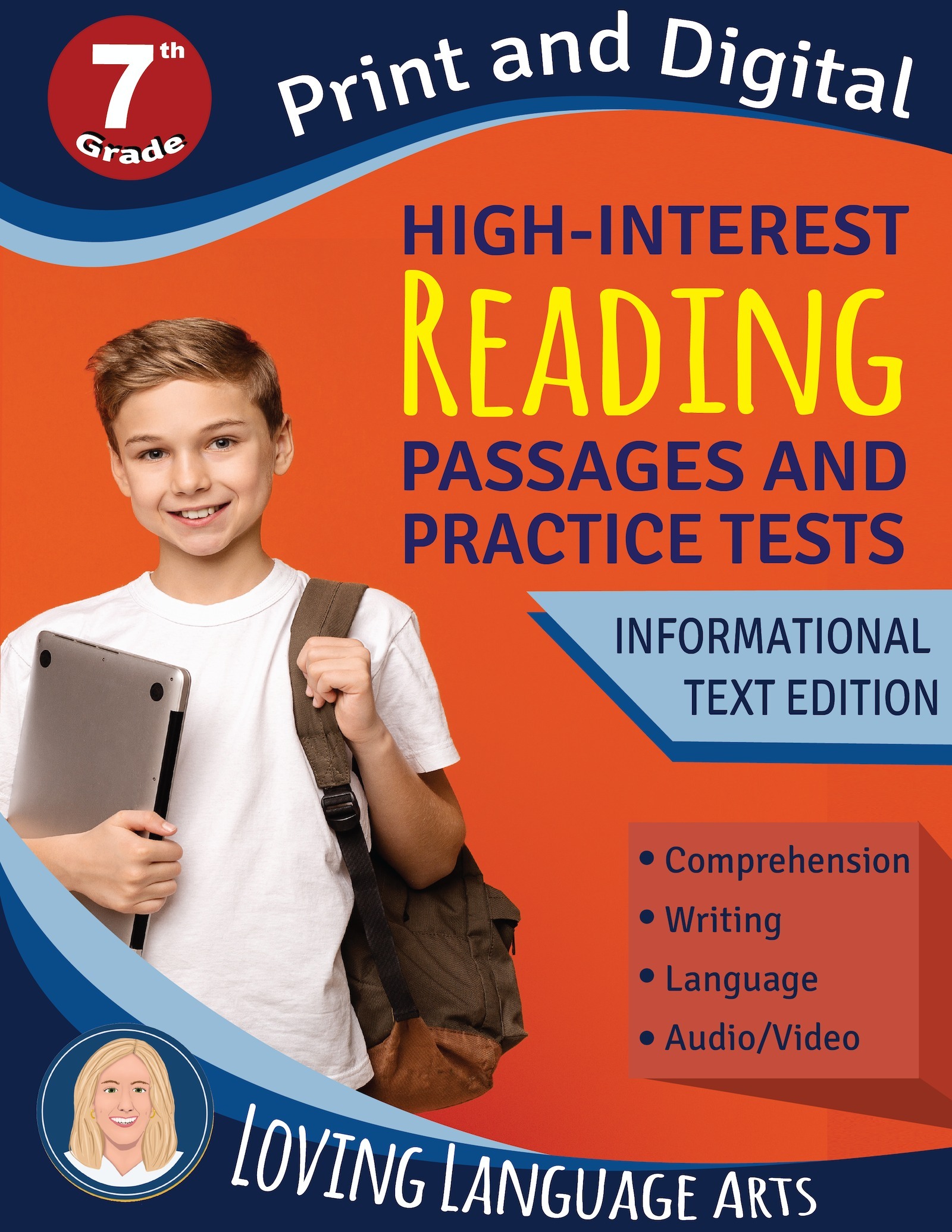
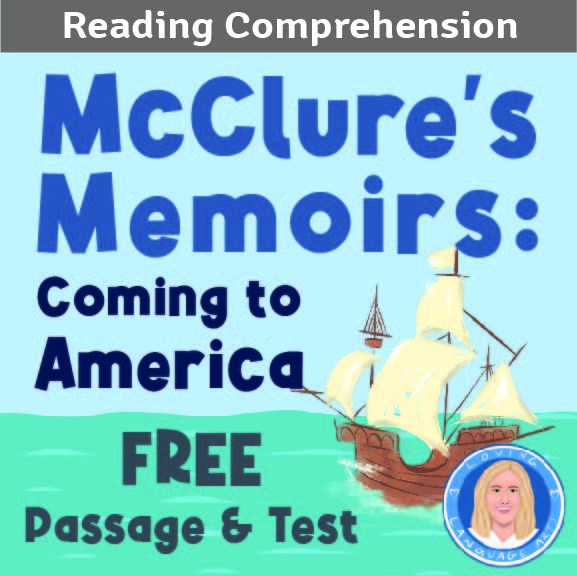


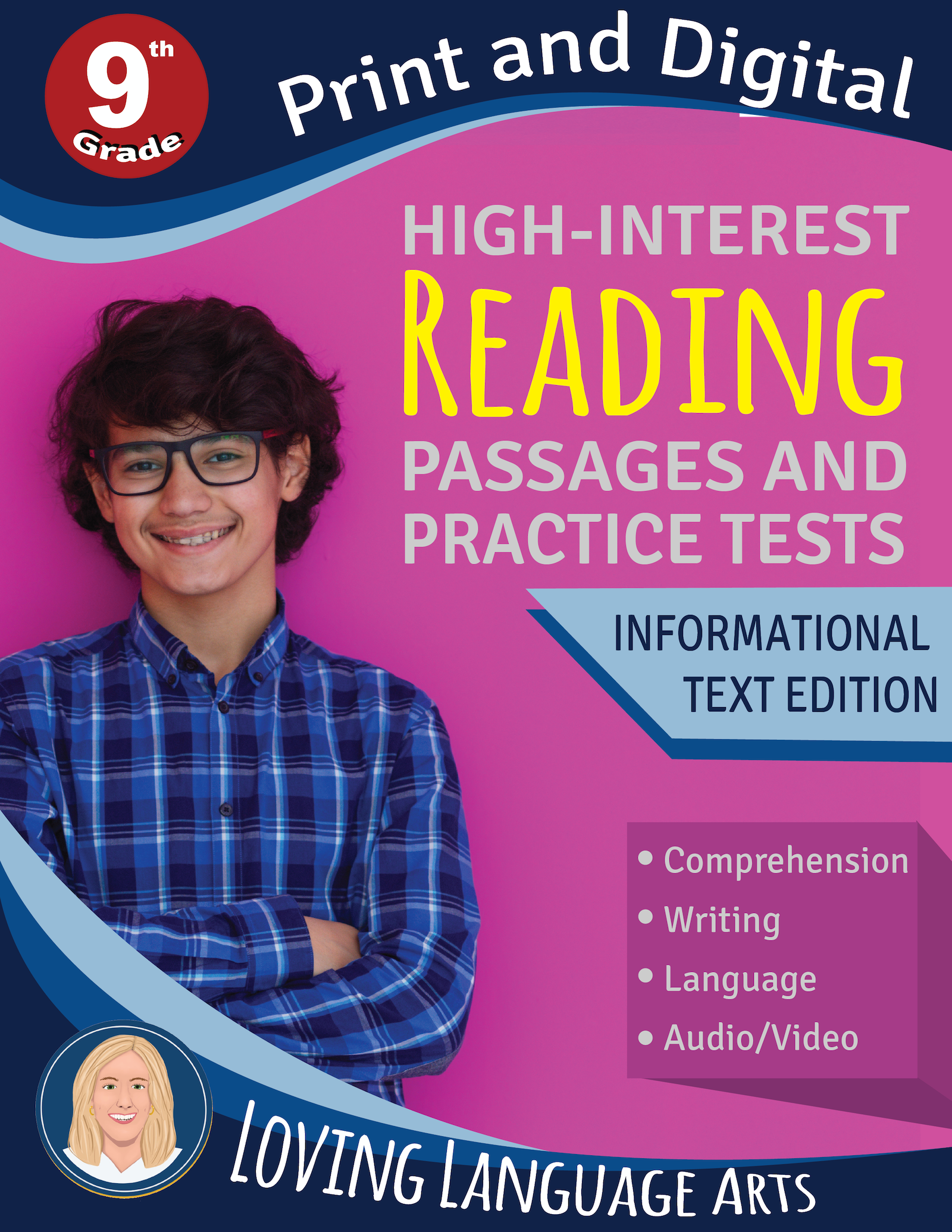
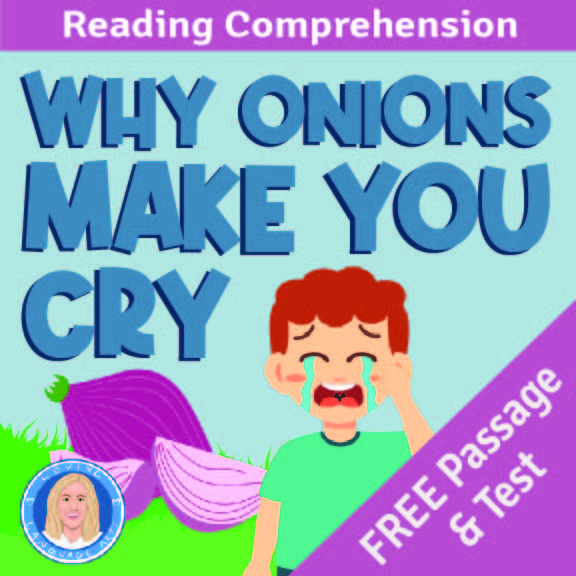

0 Comments
Trackbacks/Pingbacks